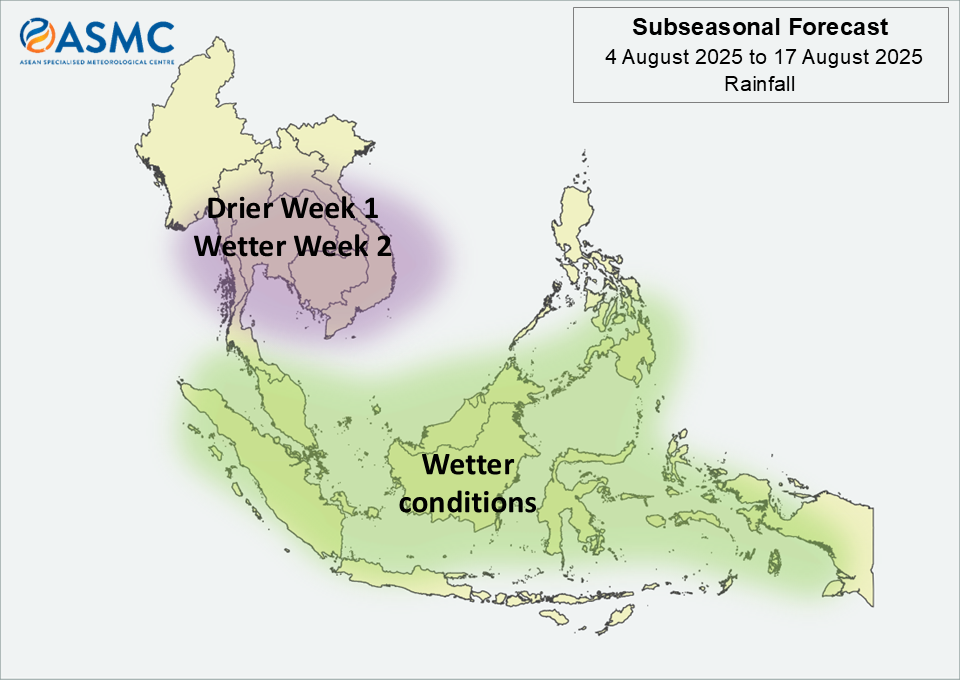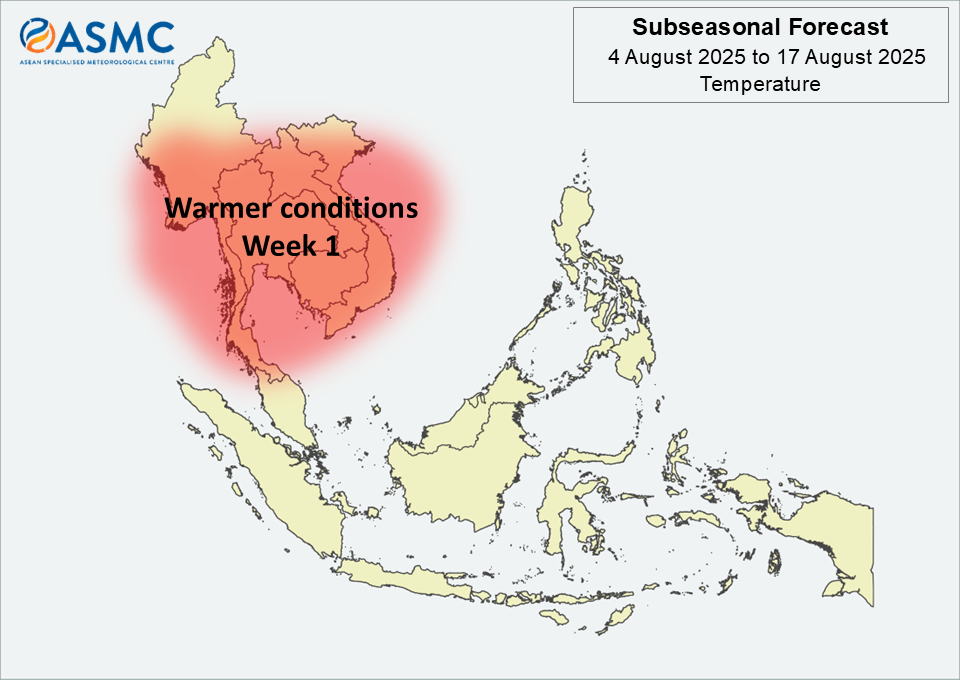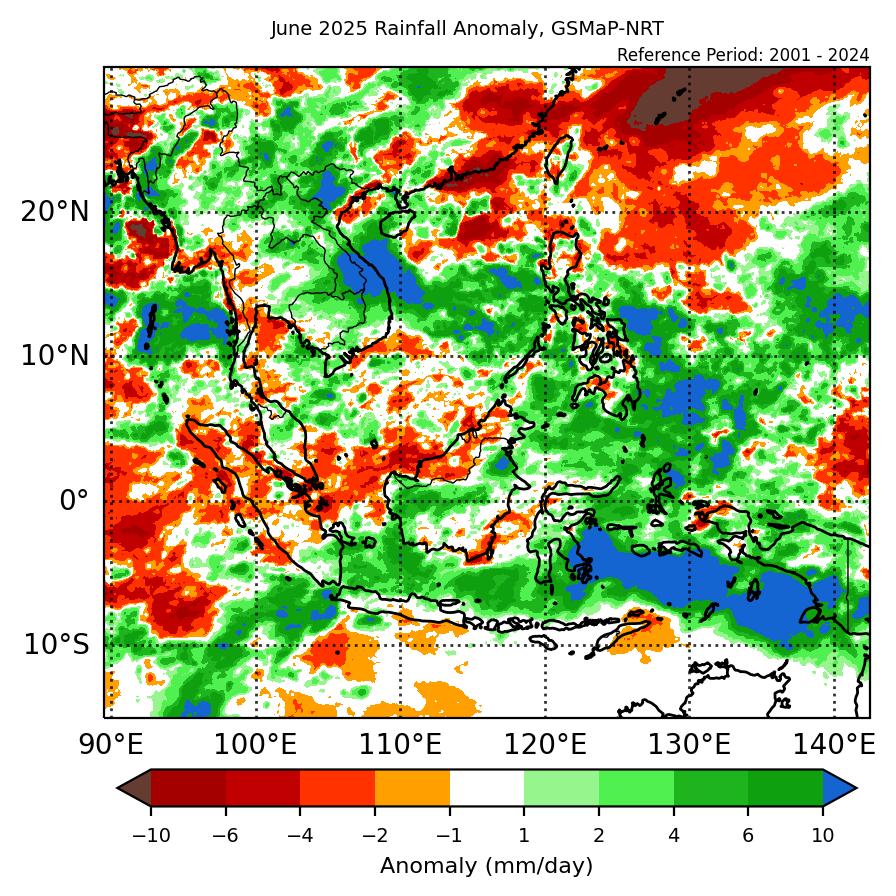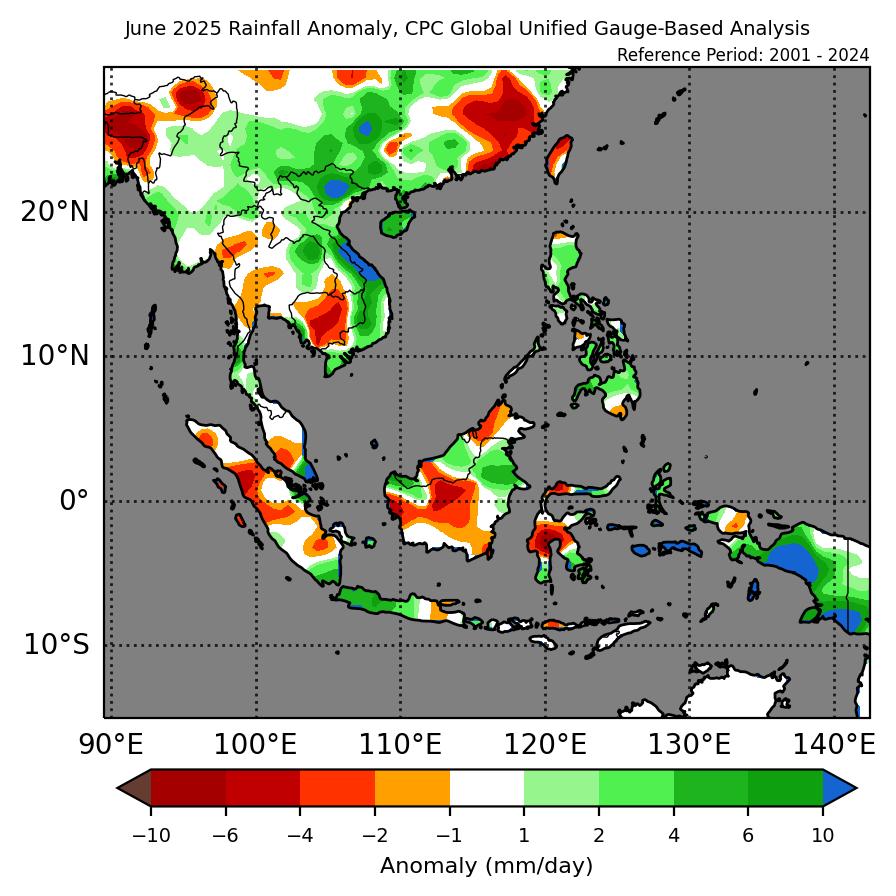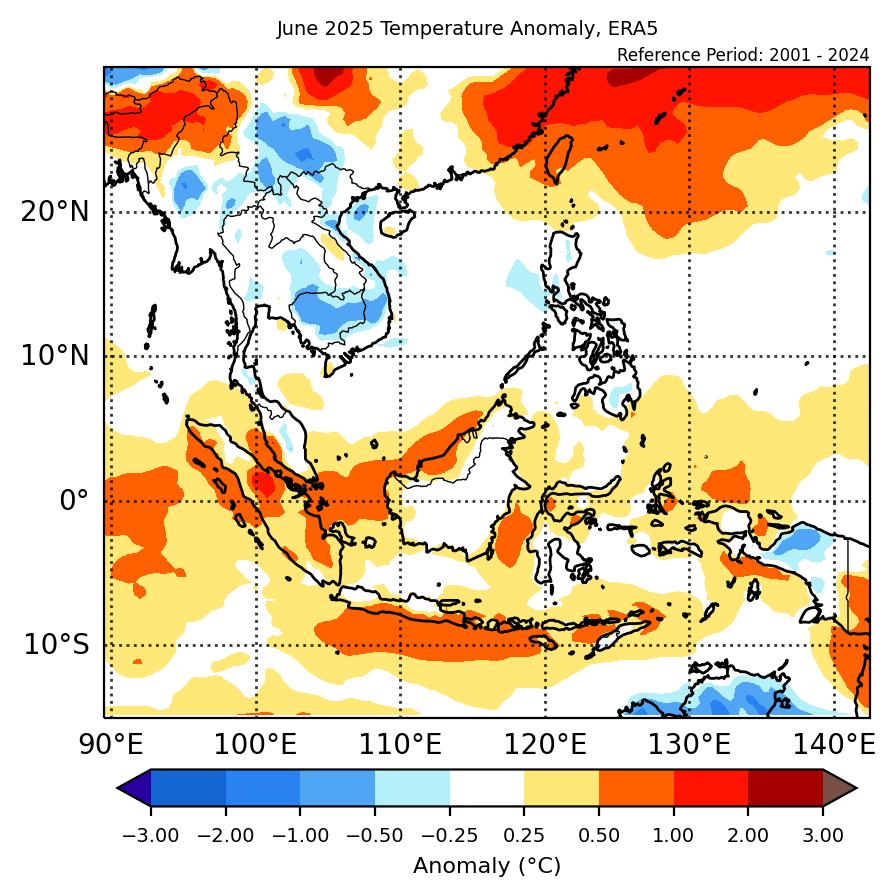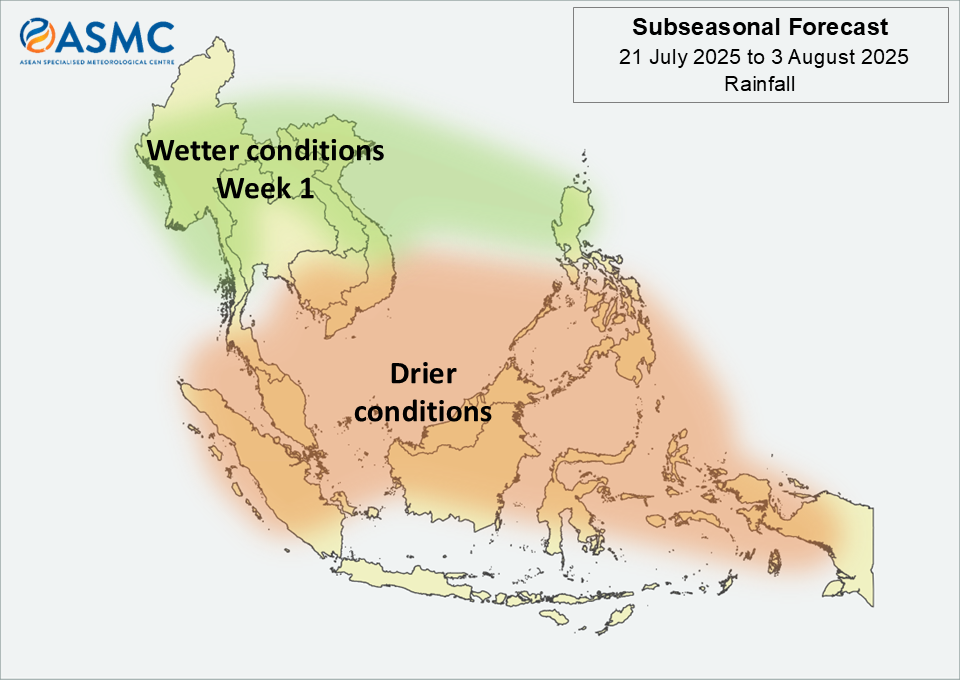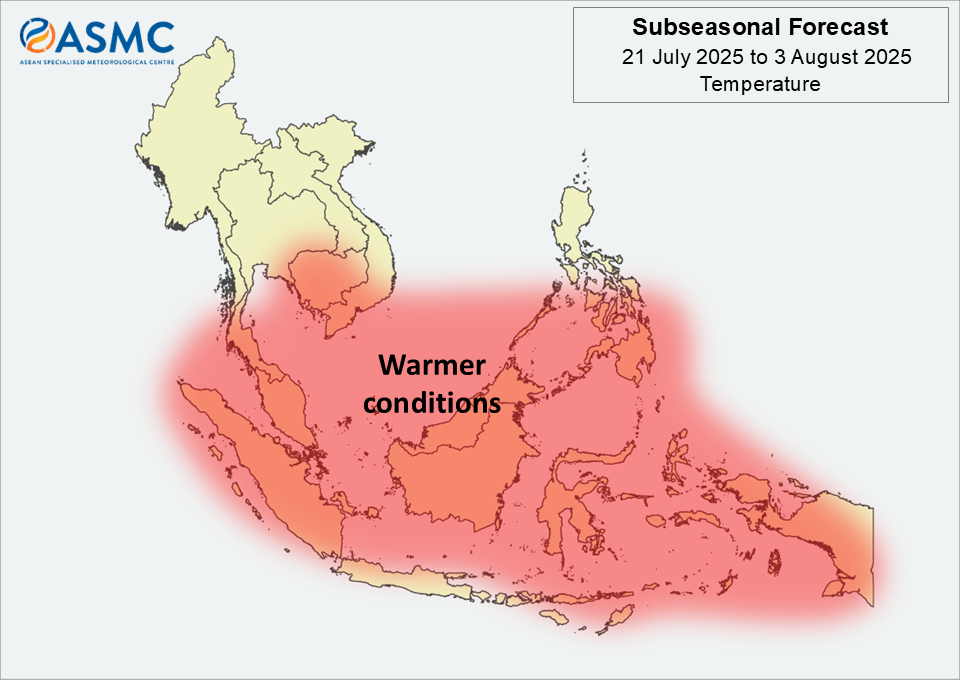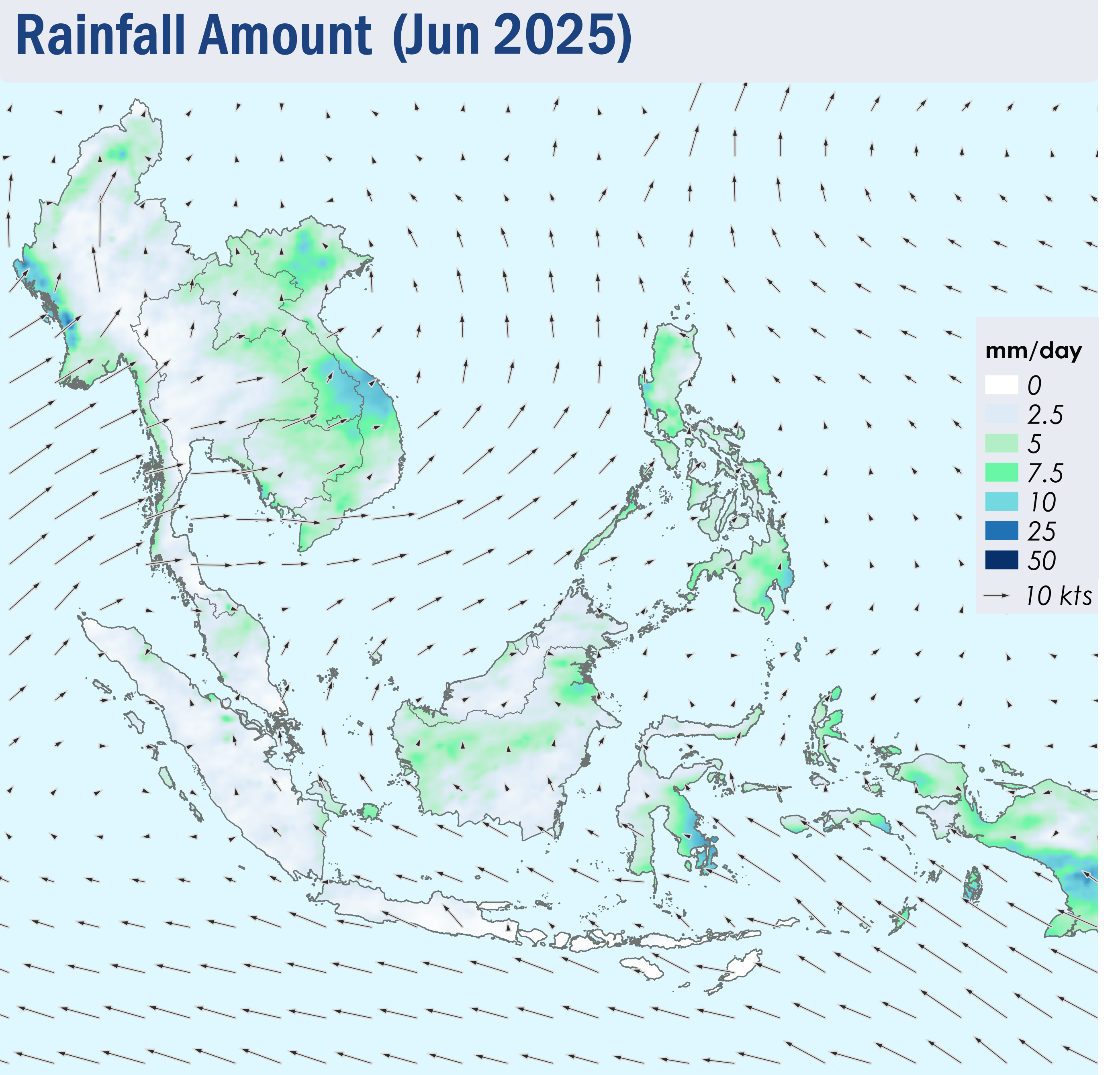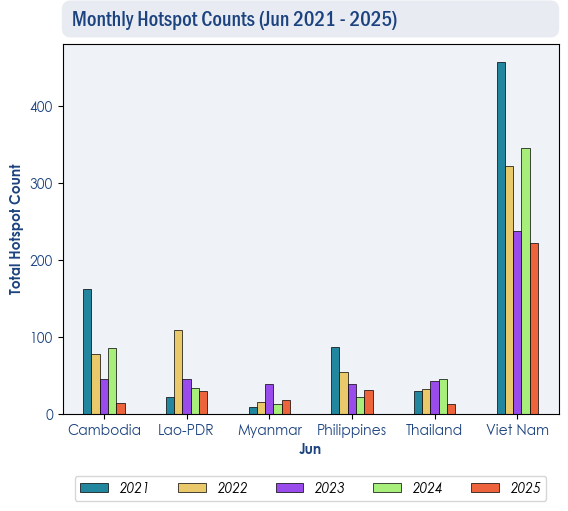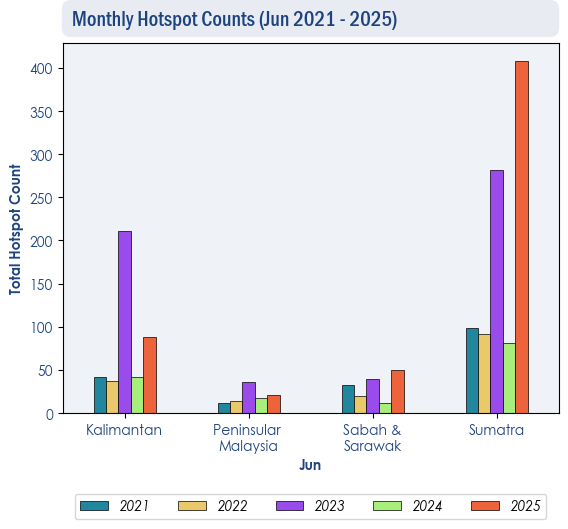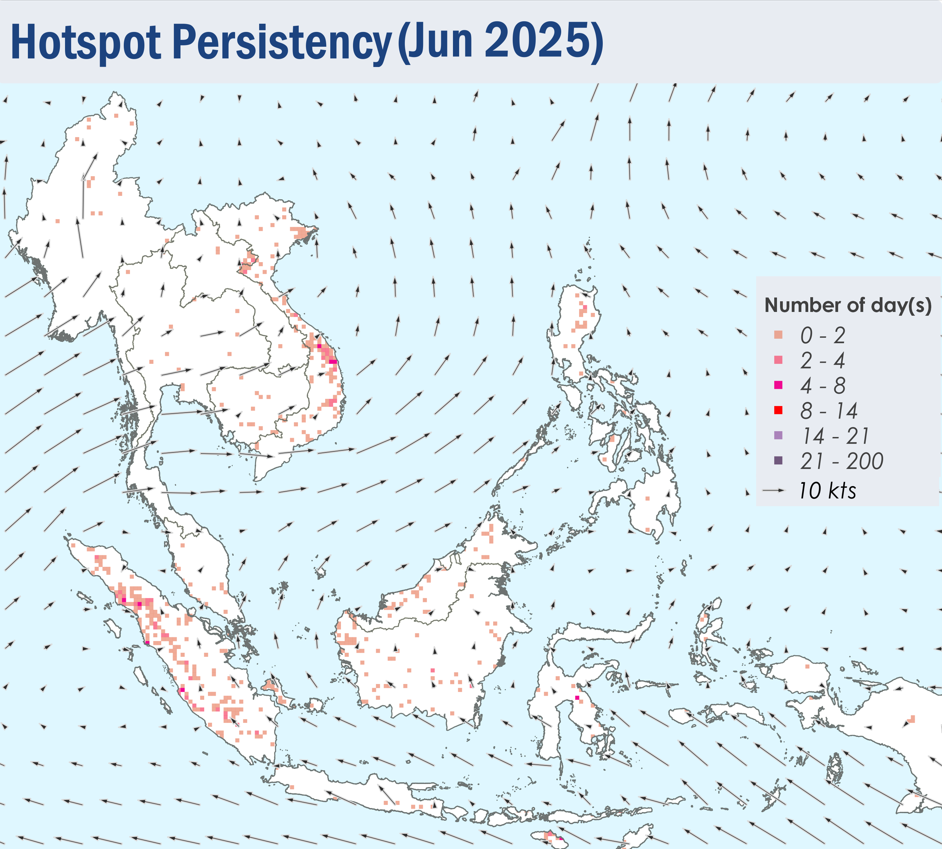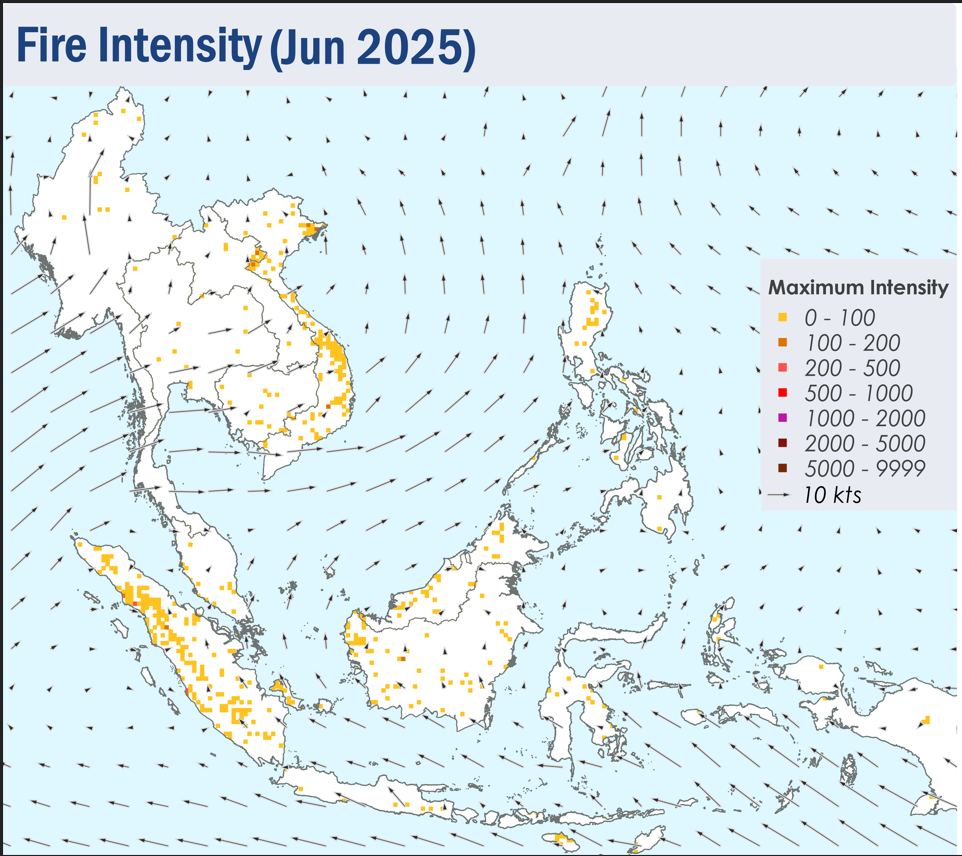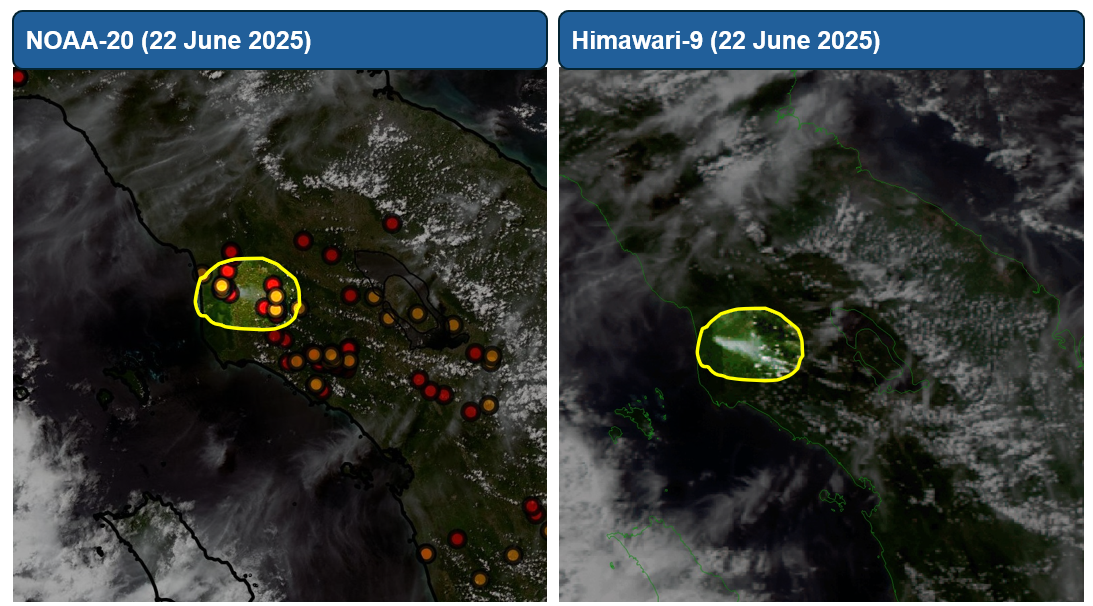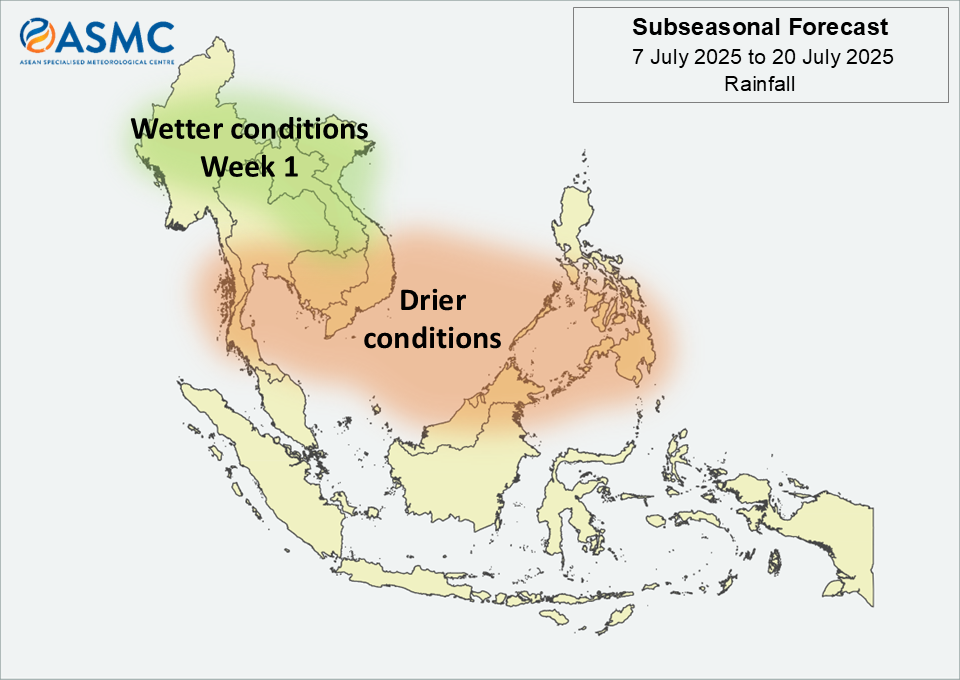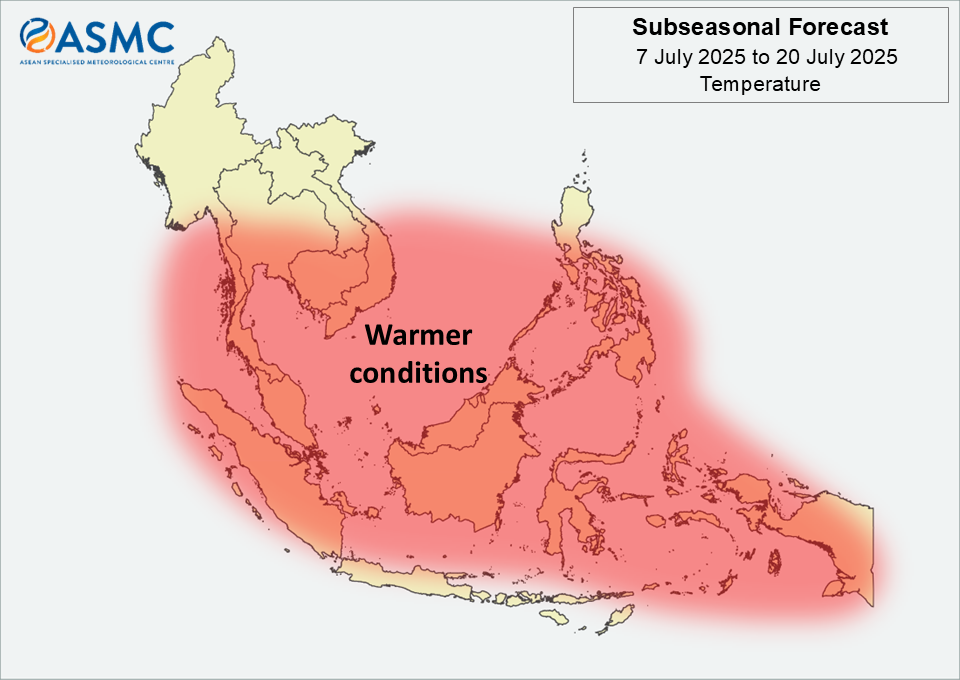Subseasonal Weather Outlook (4 – 17 August 2025)
Issued: 31 July 2025
First forecast week: 4 – 10 August 2025
Second forecast week: 11 – 17 August 2025
Drier conditions are predicted over central and eastern Mainland Southeast Asia in Week 1 (4 – 10 August). Wetter conditions are predicted over much of the mentioned area in Week 2 (11 – 17 August), with the highest likelihood over southern Mainland Southeast Asia.
Wetter conditions are predicted over much of the Maritime Continent during the next fortnight (4 – 17 August).
Warmer than usual temperatures are predicted over much of Mainland Southeast Asia in Week 1 (4 – 10 August), in line with the predicted drier conditions.
A Madden-Julian Oscillation (MJO) signal was present over the Western Pacific (Phase 7) during the last week of July. Most models predict this signal to weaken by the start of August. Most models predict an MJO signal to emerge in Phase 1 (Western Hemisphere) during Week 1, with some models predicting the signal to continue propagating eastwards to the Indian Ocean (Phase 2) during Week 2.
The outlook is assessed for the region in general, where conditions are relative to the average conditions for the corresponding time of year. For specific updates on the national scale, the relevant ASEAN National Meteorological and Hydrological Services should be consulted.
